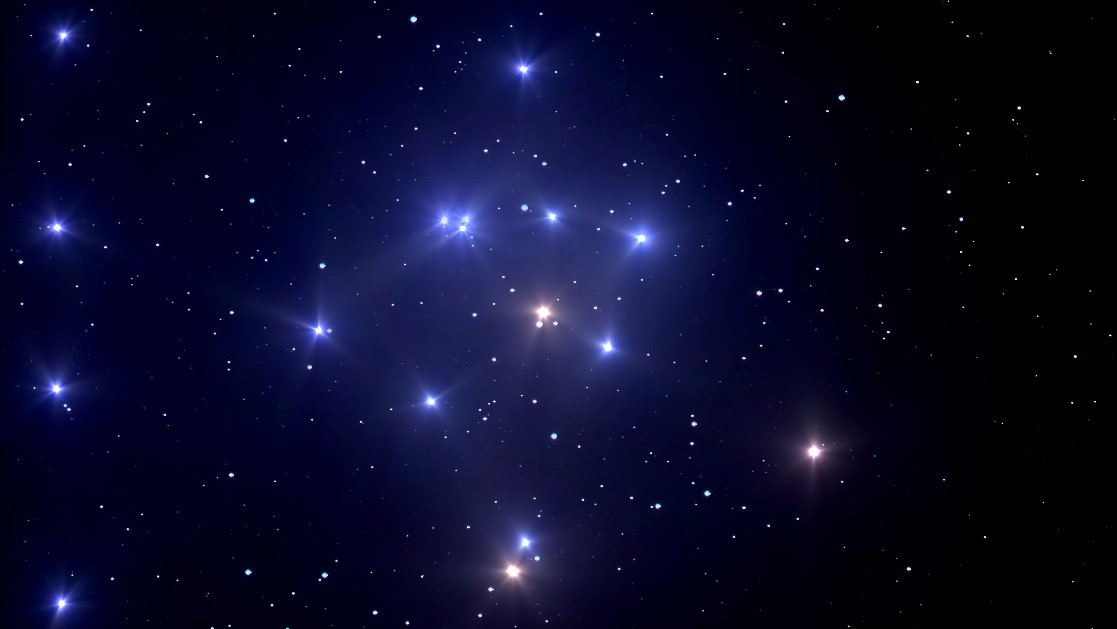THE USM SOUTHWORTH PLANETARIUM
207-780-4249 www.usm.maine.edu/planet
70 Falmouth Street Portland, Maine 04103
43.6667° N 70.2667° W
Altitude: 10 feet below sea level
Altitude: 10 feet below sea level
Founded January 1970
Julian date: 24586327.5
"The absolute worst place to visit during a North Atlantic Tsunami."
THE DAILY ASTRONOMER
Monday, June 3, 2019
June 2019 Night Sky Calendar Part I
You understand that we switched from a weekly to a monthly sky calendar because the former were so brief that a few subscribers thought the monthly versions would be better. We agreed and so the monthly sky calendars returned. However, sometimes, we feel it necessary to divide the monthly sky calendars in half due to length. Ha ha! This month, we'll be doing exactly that as we're going to devote an inordinate amount of time to this month's summer solstice. (Here, the summer solstice is more of a theoretical event that merely makes us wistful while we watch the disgruntled bullfinches flailing around in the snow shrouds.)
TUESDAY, JUNE 4: MOON NEAR MERCURY
We have to be quite careful when reporting these planet-moon appulses. Quite often, we'll cite an specific degree measurement. The problem with such angle inclusions is that the cited angle refers to the minimum separation that lasts briefly. It is preferable to merely mention that Mercury and moon will appear close together this evening. As the moon will be about 1% illuminated, it will be exceedingly difficult to observe. Mercury will be difficult to see, as well.
WEDNESDAY, JUNE 5: MOON NEAR MARS
Mars and the moon will be brighter and easier to see than Mercury and the moon were yesterday. Tonight, one will observe the slightly thicker crescent moon (6% illuminated) close to the red planet Mars in the western evening sky.
FRIDAY, JUNE 7: MOON NEAR BEEHIVE STAR CLUSTER

The image above, compliments of Kansas State University, is of the Beehive Star Cluster. When observed with the unaided eye, this beguilingly beautiful galactic star cluster resembles a smudge of white light. Tonight, the waxing crescent moon will appear to maneuver close to it. As the moon will be a crescent (22% illuminated), it won't obscure the cluster entirely.
MONDAY, JUNE 10: FIRST QUARTER MOON
MONDAY, JUNE 10: JUPITER AT OPPOSITION (SILVER EVENT!!)
That "bright star" currently visible in the eastern early evening sky is actually the mammoth planet Jupiter. Jupiter is at opposition tonight, meaning that Earth is moving between it and the Sun. Jupiter will therefore rise around sunset and will be visible throughout the night. At magnitude-2.6, Jupiter is at its maximum brightness for the year and appears almost three times brighter than Sirius. (Note: Sirius is not currently visible due to its close apparent proximity to the Sun.)
_________________________________________
HEY! DID YOU KNOW?
Pluto is moving toward aphelion, its farthest point from the
Pluto is moving toward aphelion, its farthest point from the
Sun. This small PLANET started moving toward aphelion
on September 5, 1989. It will reach its point of greatest heliocentric
distance on Feb 19, 2114.
_________________________________________
SATURDAY, JUNE 16: MOON NEAR JUPITER (BRONZE EVENT!)
Although the moon will appear full (99% illuminated), it won't be bright enough to wash out Jupiter. Tonight, one will observe the biggest planet "close" to the nearly full moon. This closeness is illusory, as Jupiter will be about 398 million miles from Earth today, as opposed to the moon's comparatively close distance of 239,000 miles.